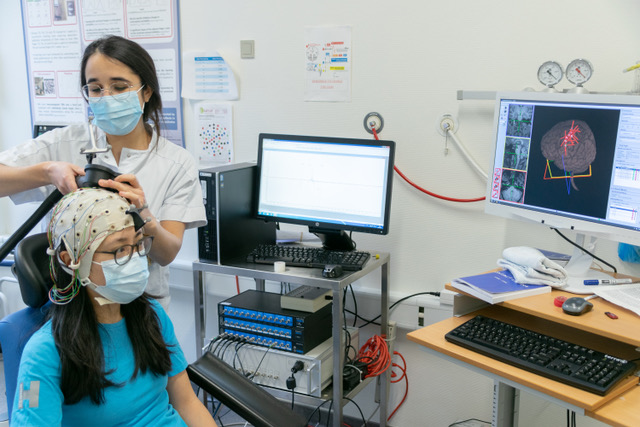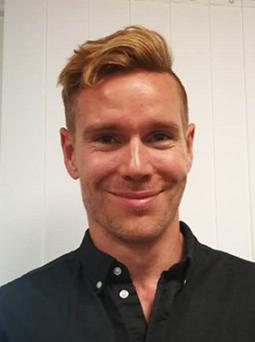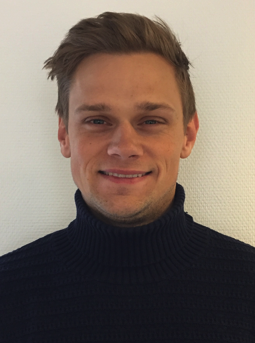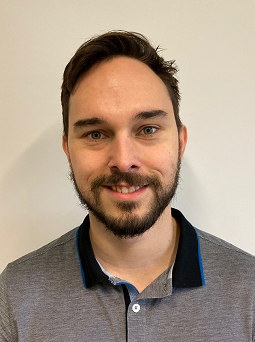
A range of complementary TBS techniques can be used to interact with brain activity without discomfort: Transcranial Magnetic Stimulation (TMS) produces a rapidly changing electromagnetic field in a stimulation coil that is placed on the head. This electromagnetic field induces an electrical filed in the part of the brain that is close to the coil that can induce action potentials in cortical neurons. Transcranial Electrical Stimulation (TES) directly applies weak electric fields with the help of electrodes that are attached on the skin. TES induces a weak current in the brain that modulates ongoing brain activity, but TES does not elicit action potentials.
Transcranial Brain Stimulation (TBS) is a versatile neuroscientific and therapeutic tool since it can be used to both quantify and influence brain activity.
The Transcranial Brain Stimulation group is a method group led by Senior Researcher Lasse Christiansen. Its aim is to facilitate, support and advance all forms of transcranial brain stimulation at DRCMR. Activities of the group range from improving state-of-the-art protocols for different TBS techniques to educating DRCMR researchers and students and by ensuring the highest technical and safety standards in all laboratories. The group meets every second Monday at 10am and welcomes all researchers at DRCMR who wish to use TBS as a scientific tool.
Teaching activities
Each year DRCMR hosts the ‘Copenhagen Brain Stimulation (CoBS) Week’ comprising the CoBS School and CoBS workshop. For information about the latest CoBS Week, click here.
Research activities
The group actively supports all TBS related research projects. Three areas form the present focus of interest:
- Mapping and shaping functional representations in human brain networks with TBS
- Improving the efficacy and reproducibility of current TBS protocols
- Identifying both central and peripheral, unintended effects of TBS.





